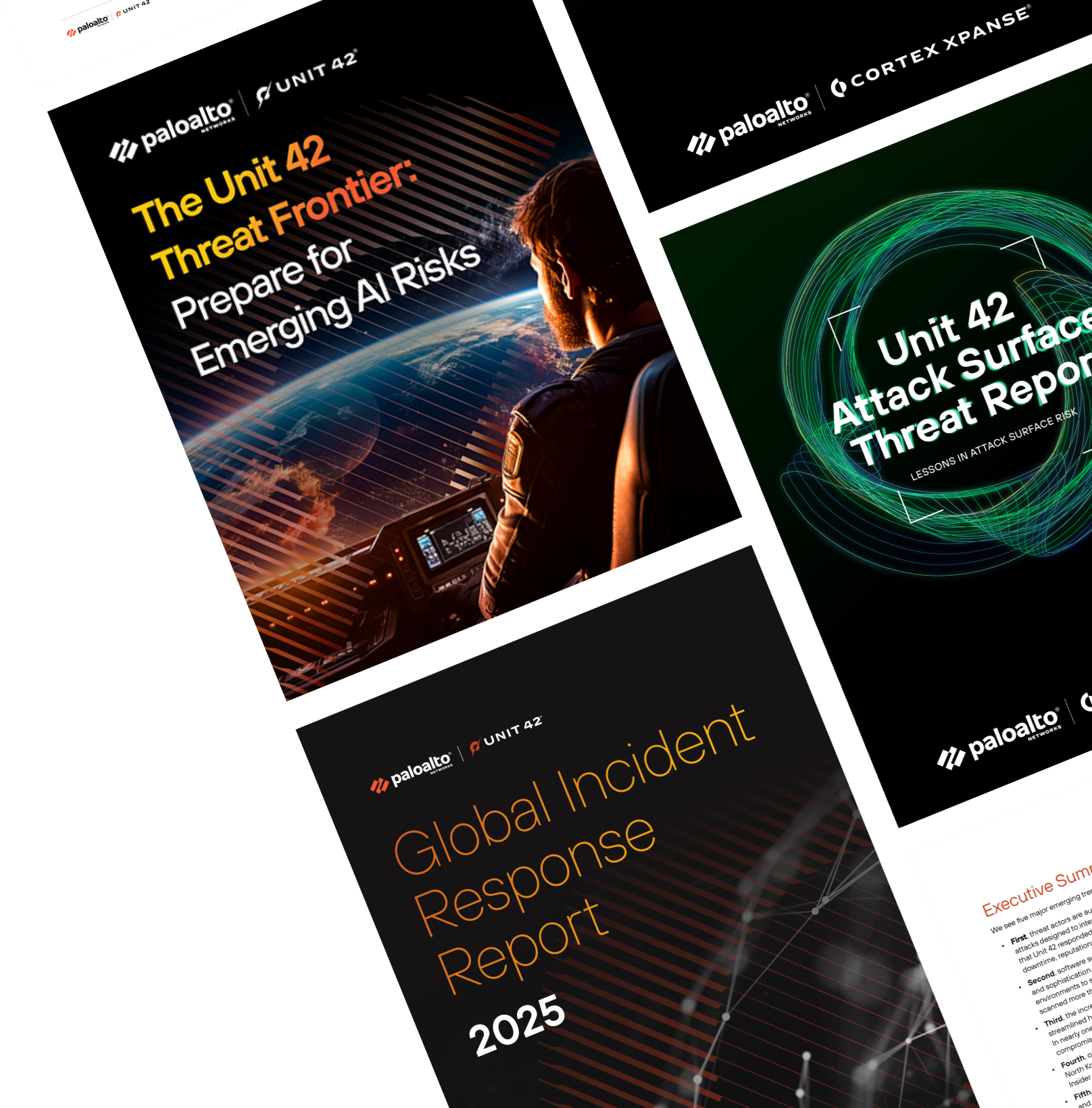When Honest Businesses Meet the Dark Side of Search
Meet Sarah, an artisanal baker who opens Sarah’s Sourdough. To improve her search engine optimization (SEO), she builds a beautiful website and shares authentic baking content. By writing blog posts, earning local backlinks and telling her story, Sarah practices ethical SEO to help search engines understand her value. Soon, when users search “fresh sourdough near me,” her shop ranks at the top. This is how search is meant to work – connecting real people with real solutions.
Understanding Malicious SEO and Its Growing Impact in the Age of AI
Suddenly, Sarah’s thriving bakery site is buried beneath spammy imitators like BestBreadsNow[.]info — ad-filled pages with no real business, just tricks to climb the search ranks. These sites use malicious SEO. This consists of manipulative tactics designed to game algorithms, such as:
- Keyword stuffing (cramming pages with repetitive terms)
- Purchased backlinks (paying unrelated sites to link back)
- Fake content
What was once a niche problem is now a multi-million-dollar shadow economy. Entire ecosystems exist to exploit search engines, including:
- Cloaking tools that show fake content to search engines
- Content farms mass-producing shallow articles
- Underground sellers who fabricate popularity and traffic
And now, AI is accelerating it all. With the click of a button, bad actors can generate tens of thousands of spam articles, spin up fake social accounts to build backlinks, and deploy AI-tailored cloaking that deceives algorithms while staying invisible to users.
Sarah isn’t just competing with bad actors anymore. She’s competing with an AI-powered content machine built to drown out authenticity with algorithm-friendly noise.
Next-Generation Defenses Against AI-Powered SEO Misuse
To counter the rise of AI-boosted malicious SEO, search engines and content platforms must adopt intelligent, proactive defenses beyond simple spam filters or manual moderation. Key strategies include:
AI to Detect AI Manipulation
Search engines need models trained to detect:
- AI-generated text patterns, like repetitive phrasing, lack of nuance and burst-publishing behavior.
- Fake engagement, such as bot-generated comments, identical posts across fake profiles and unnatural link velocity.
These models can be built using transformer-based NLP and behavioral anomaly detection algorithms. This dual approach is effective because it allows systems to analyze both the linguistic authenticity of the content itself and the statistical patterns of its distribution. When analyzed together, these two concepts can be indicators pointing to AI-generated text and the inorganic behavior used to promote it.
Network-Level Detection
Modern SEO misuse happens at scale across entire ecosystems of fake domains and botnets. Defense systems must:
- Identify link farms via graph analysis of backlink structures
- Detect coordinated bot activity by analyzing IP reuse, timing patterns and shared hosting metadata
- Compare crawler vs. user views to detect cloaking behavior
Proactive Ecosystem-Wide Monitoring
This gives defenders visibility into the infrastructure behind spam, not just its symptoms. By integrating threat intelligence and pre-release stress testing, defenders can block attacks before they scale.
The Future of SEO: A Strategic Battle Between AI-Driven Threats and Ethical Defense
AI-driven malicious SEO is already reshaping how visibility, trust and reputation are won or lost online. Non-LLM-focused defenses will be outpaced, outnumbered and outsmarted.
The only viable path forward is a proactive one. Search engines, content platforms and threat intelligence teams must shift from reacting to anticipating, using AI not only as a shield but as a strategic advantage. AI empowered this new class of threat, and only its intelligent and responsible use can defeat it.
Malicious versus ethical SEO is not just a fight for rankings. It’s a fight for the credibility of information, for the viability of legitimate businesses and for the soul of the open web. The best time to prepare for this fight starts now.
Additional Resources
- 2025 Unit 42 Global Incident Response Report: Social Engineering Edition – Unit 42, Palo Alto Networks



 Get updates from Unit 42
Get updates from Unit 42